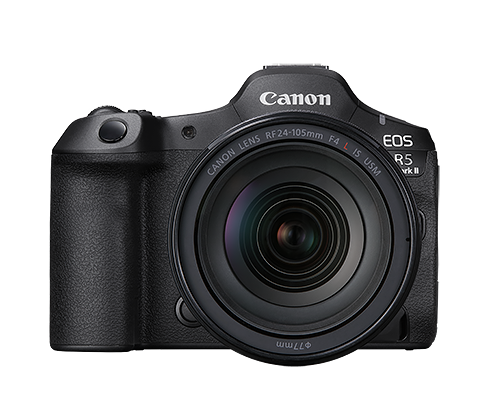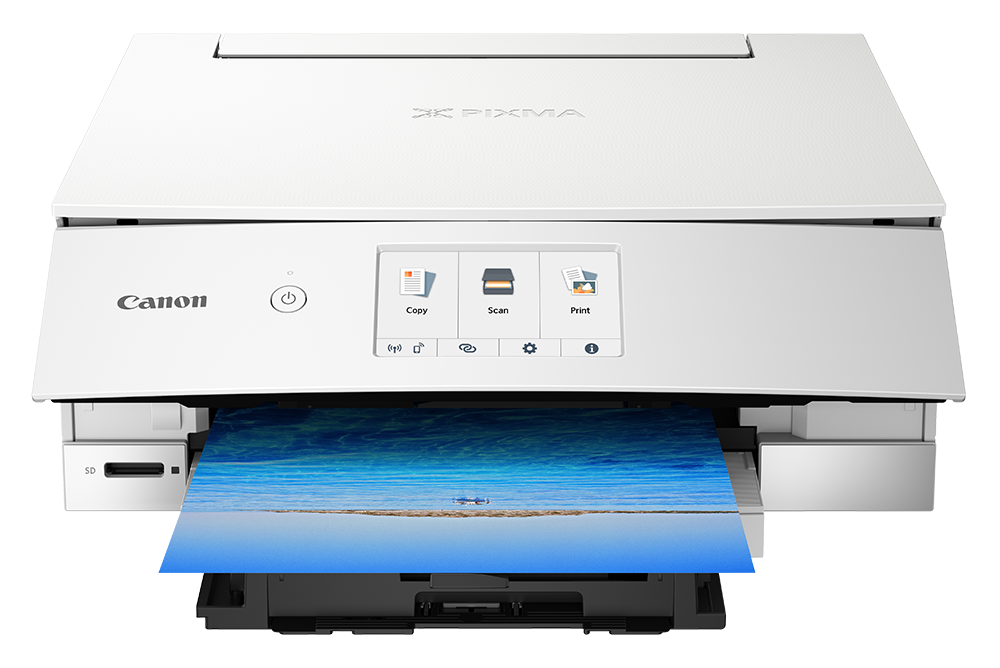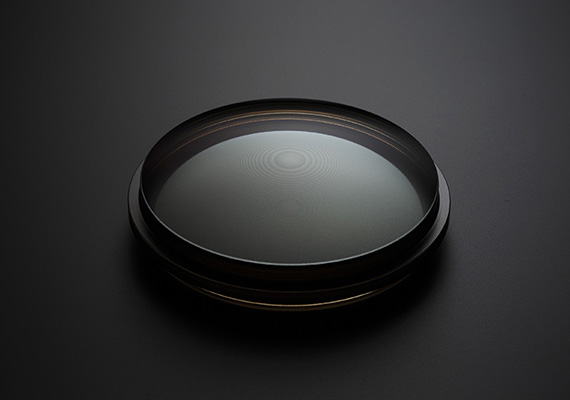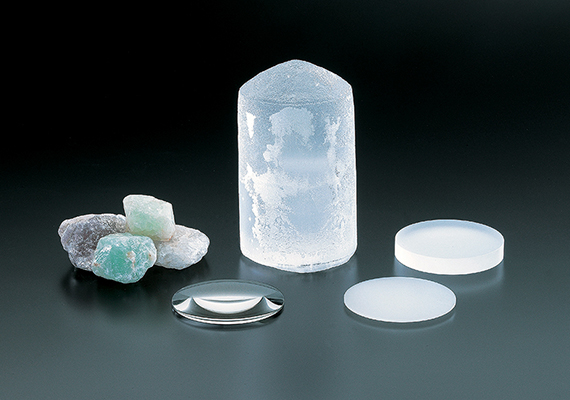Super Spectra Coating
The following four requirements are the basis of Canon’s pursuit of the ideal photographic lens:
- The light rays from a single subject point should converge at a single point after passing through the lens;
- A flat surface perpendicular to the optical axis should be reproduced as a flat surface;
- A flat object perpendicular to the optical axis must be reproduced as a similar image without distortion;
- Colors of the subject must be reproduced accurately.
This final requirement is part of Canon’s own ideal lens definition. To achieve this fourth requirement, Canon established its own standards for uniform color reproduction.
This was in the 1960s, when professional photographers first began using color reversal film. For Canon, the expectation that any lens would deliver the same color reproduction was a given. Establishing criteria for ideal color reproduction and balance was a difficult task, and Canon began with studying the quality of sunlight as it changed with the seasons over the course of a year. In addition to repeated test photos, we invited comments from numerous panelists and converted the accumulated data into numeric values, eventually establishing Canon’s own color reproduction standard for lenses. In the 1980s, the ISO Color Contribution Index, with values virtually the same as Canon’s, was adopted as the industry standard. Actually, Canon’s standard was stricter, with a smaller tolerance for variations.
Super Spectra Coating was the technology developed to meet this strict color reproduction standard. This multi-layered coating eliminated ghosting and flare caused by lens surface reflections, creating a durable hard lens surface with stable characteristics. Used with digital cameras, which are especially susceptible to ghosting and flare, Super Spectra Coating delivers optimum color balance. Our efforts to optimize coatings continue, enabling us to respond to the changing times and the attendant changing requirements of professional photographers.













